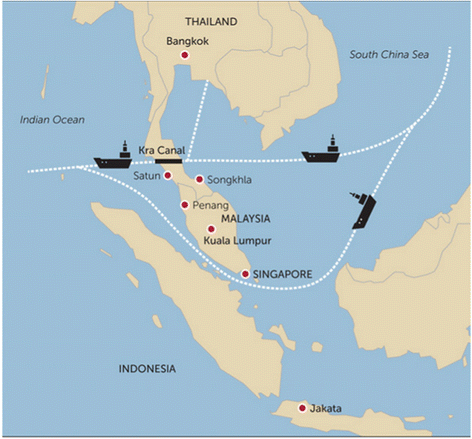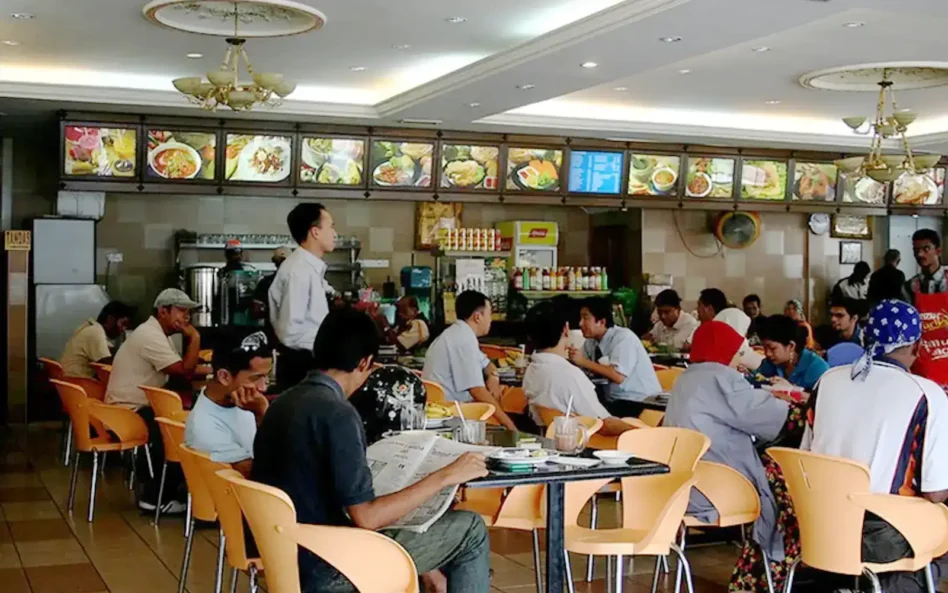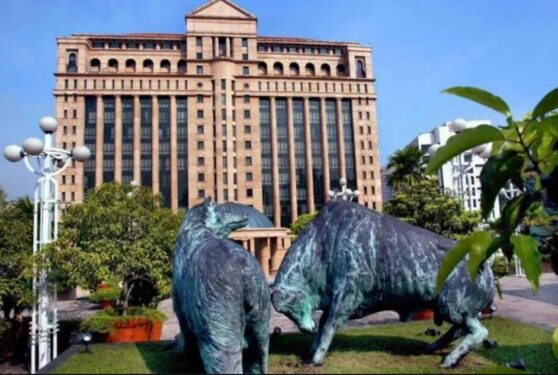By Nor Zalina Harun
Place making is becoming progressively recognized as a constituting aspect of an urban communal life. As a result, many urban planners, engineers and architects have started to recognise the importance of these places in our daily lives as well as its public connotation through the creation and awareness of public spaces in the city.
Simultaneously, a variety of definitions have been defined for such spaces for example, a unique object that outlines its geometric personality, the element of the self which is significant in social life and a concretion of value.
Another widely used definition for place making has been conceptually defined in the psychological and experiential sense of place. The evolution of ‘place-making’ requires a few processes that involved phenomenological, philosophical and conscious experience centered in the historical values and social needs of the community.
Place making as a whole is an extensive process that stems from an existing space with a clear distinct purpose before being transformed into a meaningful space. In short, to achieve a successful transition of a meaningful public place, it has to be constructed out of a real time experience.
The framework of place-making generally starts from a constructivist or transactional perspective. The people or population who are essentially the creators of places dictate the place creation and meaning flow in the form of a continual process of interaction between the person, their social milieu, and the physical setting.
For example, individualism and strong attachments toward historical places were significantly associated with the history, cultural activities and heritage buildings in the surrounding. A place can acquire deep meaning for the average adult through a steady growth of sentiment over the years as the place is often associated with individual emotions and values that were remembered and considered important by this group.
In other words, it can be suggested that places can be interpreted as repositories of specific meanings, memories, values and emotions which are shared by members of a particular group. At the same time, they are
continually produced and reproduced in relations with their surroundings and therefore may attain
new meanings over time.
This is proved through the results on the values of special attributes received from residents who had commitments in two historical public spaces located in the UNESCO World Heritage Site Padang Kota Lama, Georgetown and Dataran Pahlawan, Melaka where both groups of respondents accredited history and local name of the place on the highest scale.
These suggest that respondents in both areas acknowledged and habitually regarded the historic public space as one of the important landmark and nodes in their town. This relationship is indeed an important indicator to understand the important factor in place making besides providing good insight to nurture place belongingness as well as strong attachment that overall plays a leading role in determining people unification.
The result also implies that an alteration of an area may influence the identity of a city. At the same time, the result proves the importance of place preservation and its accountability in terms of emotional stability and a one’s sense of belongings.
In this case, changing the physical appearance or renaming a public place is indeed a deliberate event as to form a deep love and strong sense of attachment toward a place requires a very long age. The name of a public place like street, square or public building is, therefore, should be used as a metaphor that reminisces the contribution of a local groundbreaker, important event and development.
A successful public place serves as an archive of fond memories, attachment and splendid local achievement that inspire the present. In other words, public places are created by people where it’s creation and meaning flow from a continual process of interaction between the person, their social milieu and its physical settings.
Hence, any form of change to the space owned by the public should be agreed upon mutually, and not in a casual and played down approach.
Nor Zalina Harun is an associate professor and senior research fellow at The Institute of the Malay World and Civilisation, Universiti Kebangsaan Malaysia. Numerous of her previous works explored the urban design and heritage conservation.










